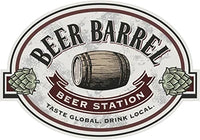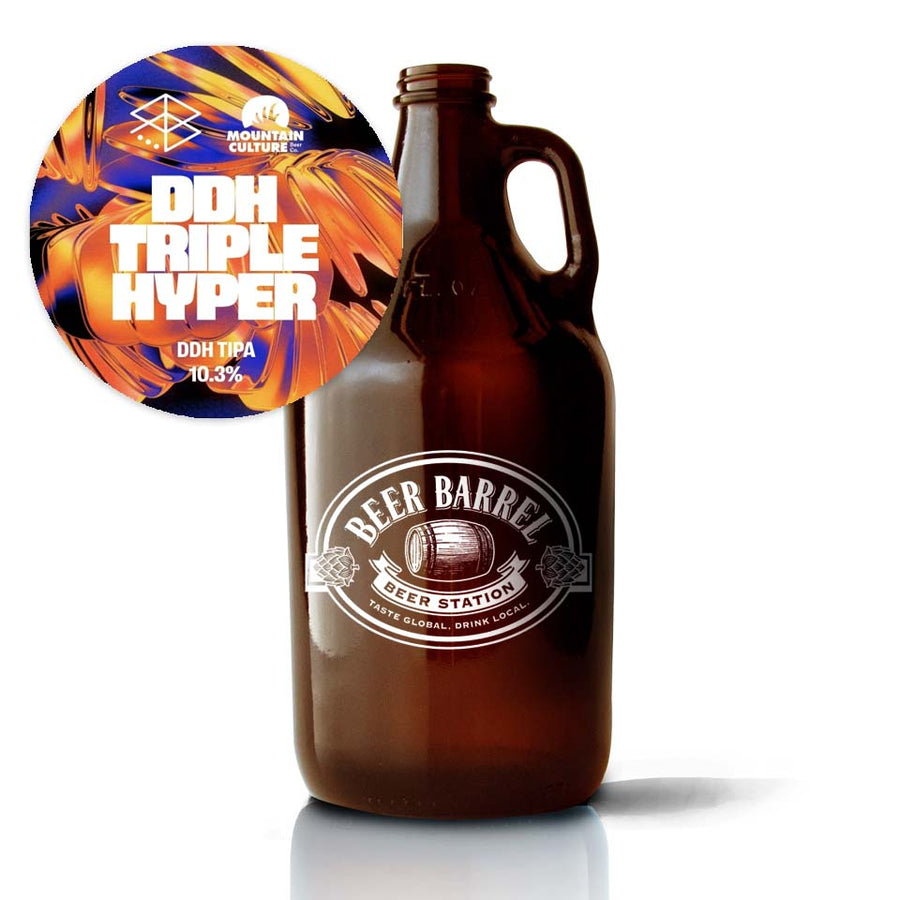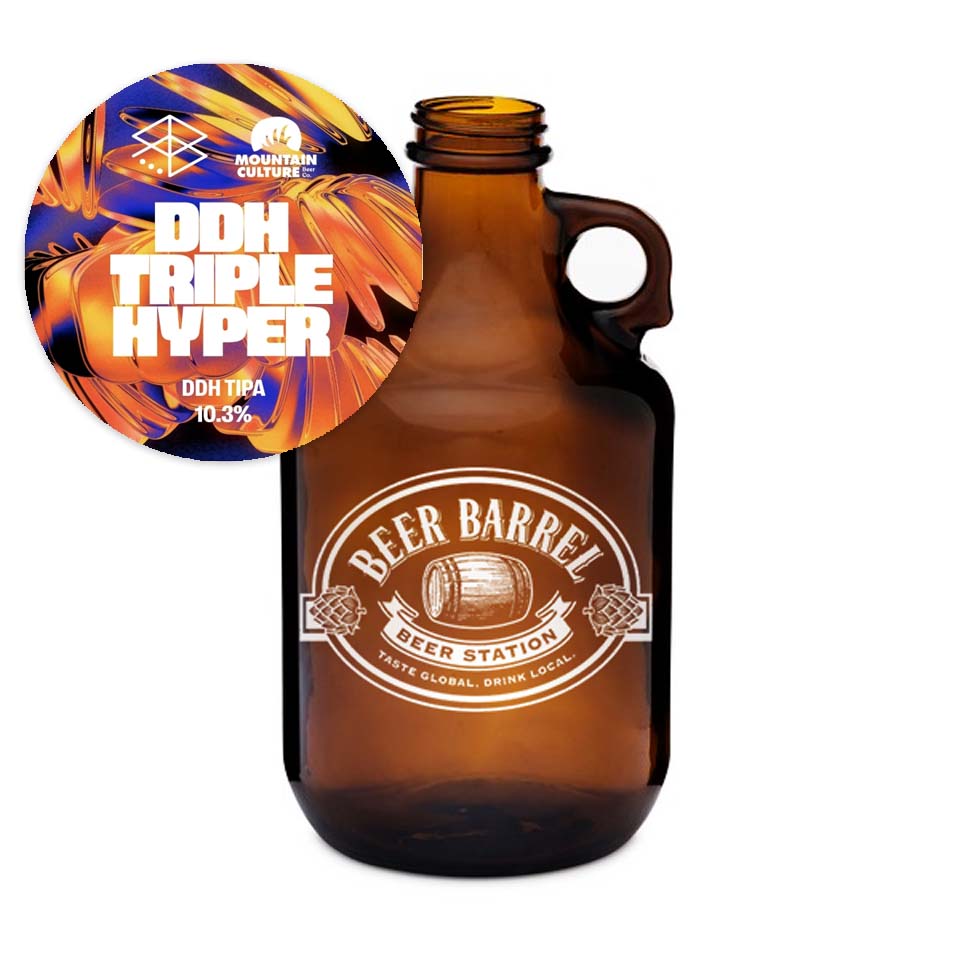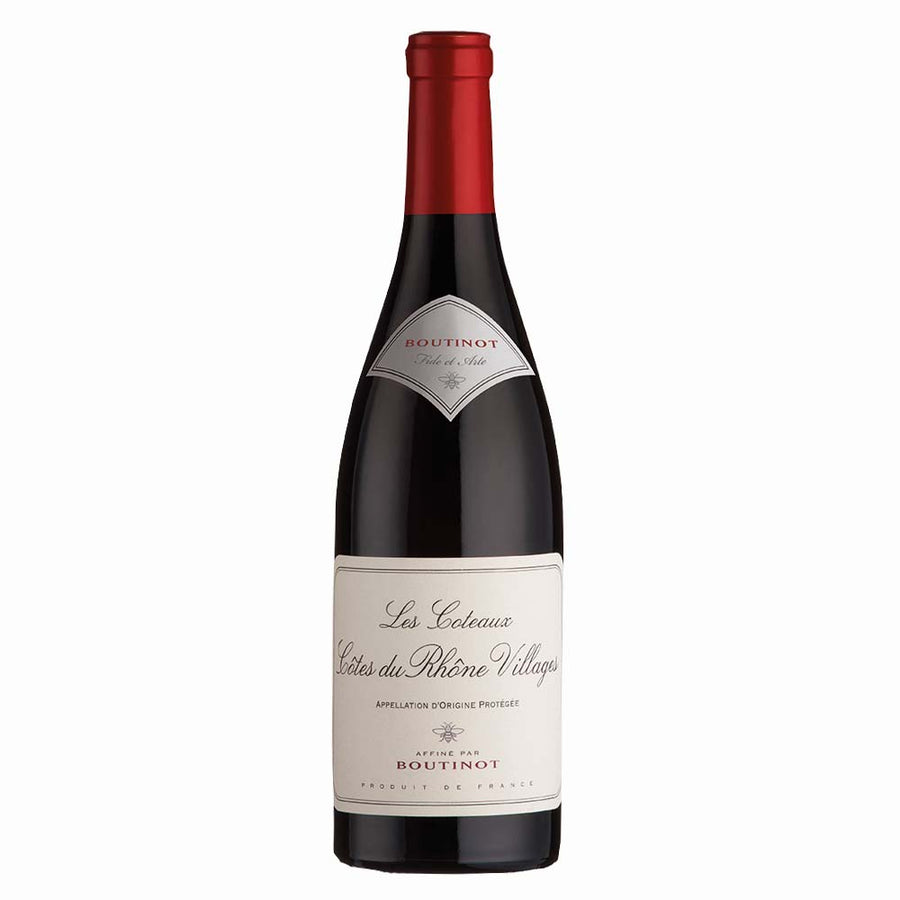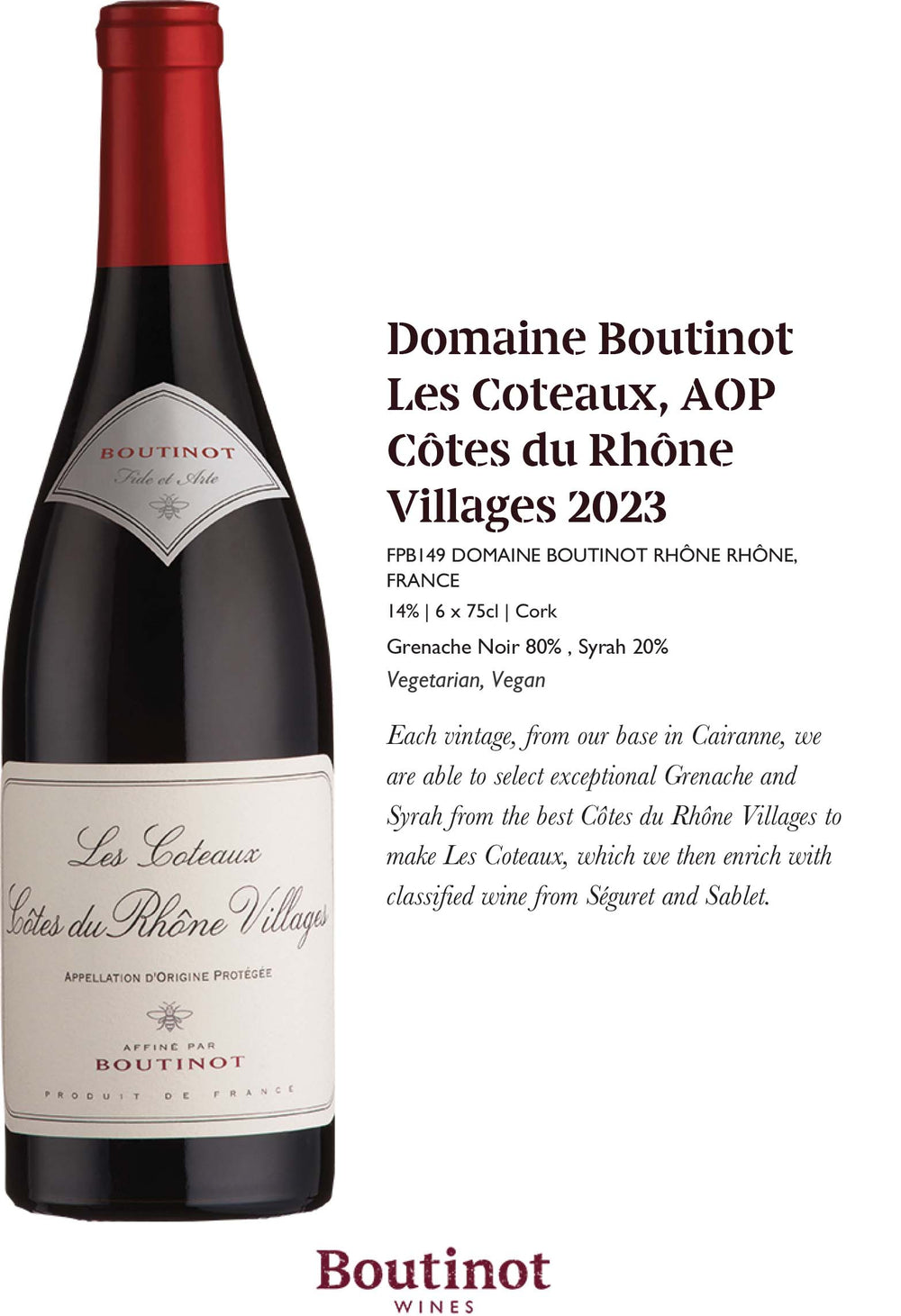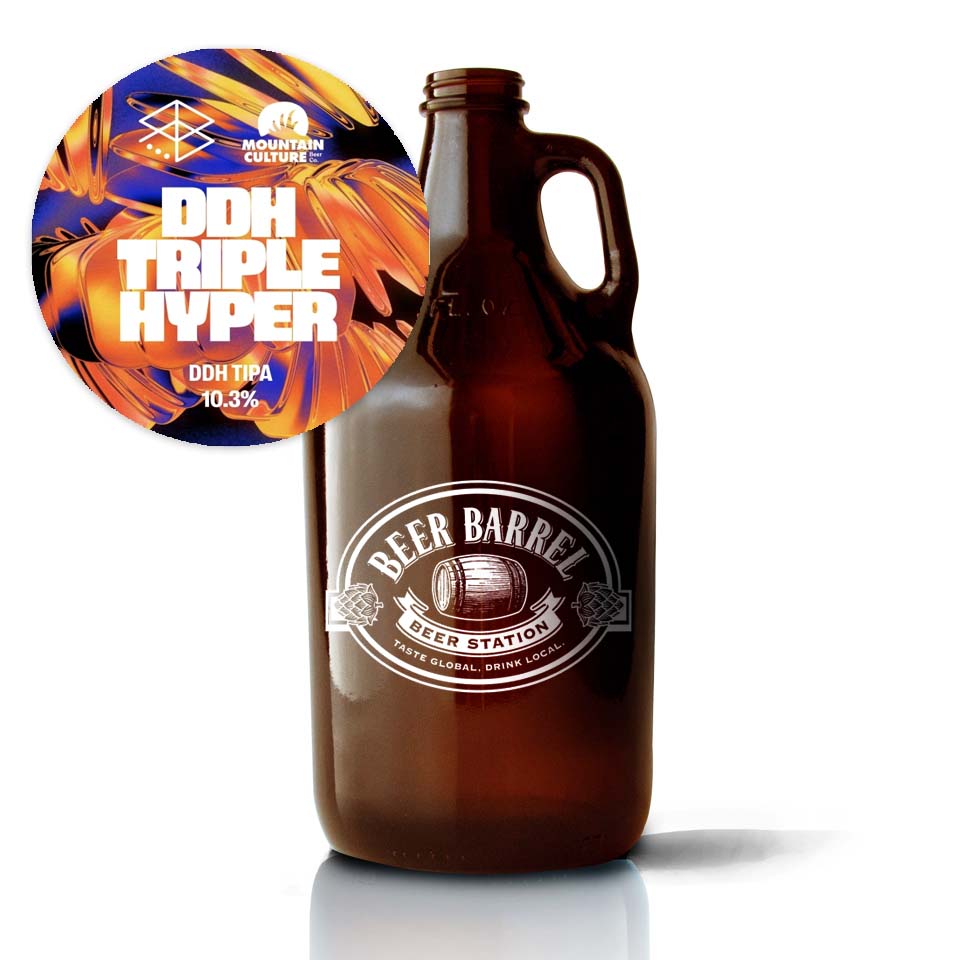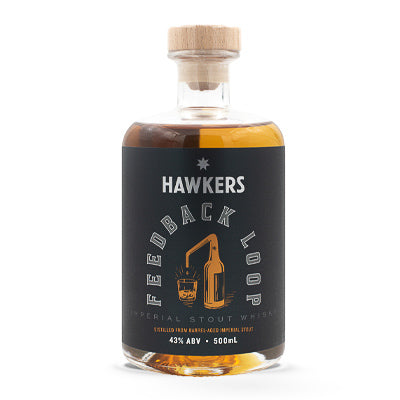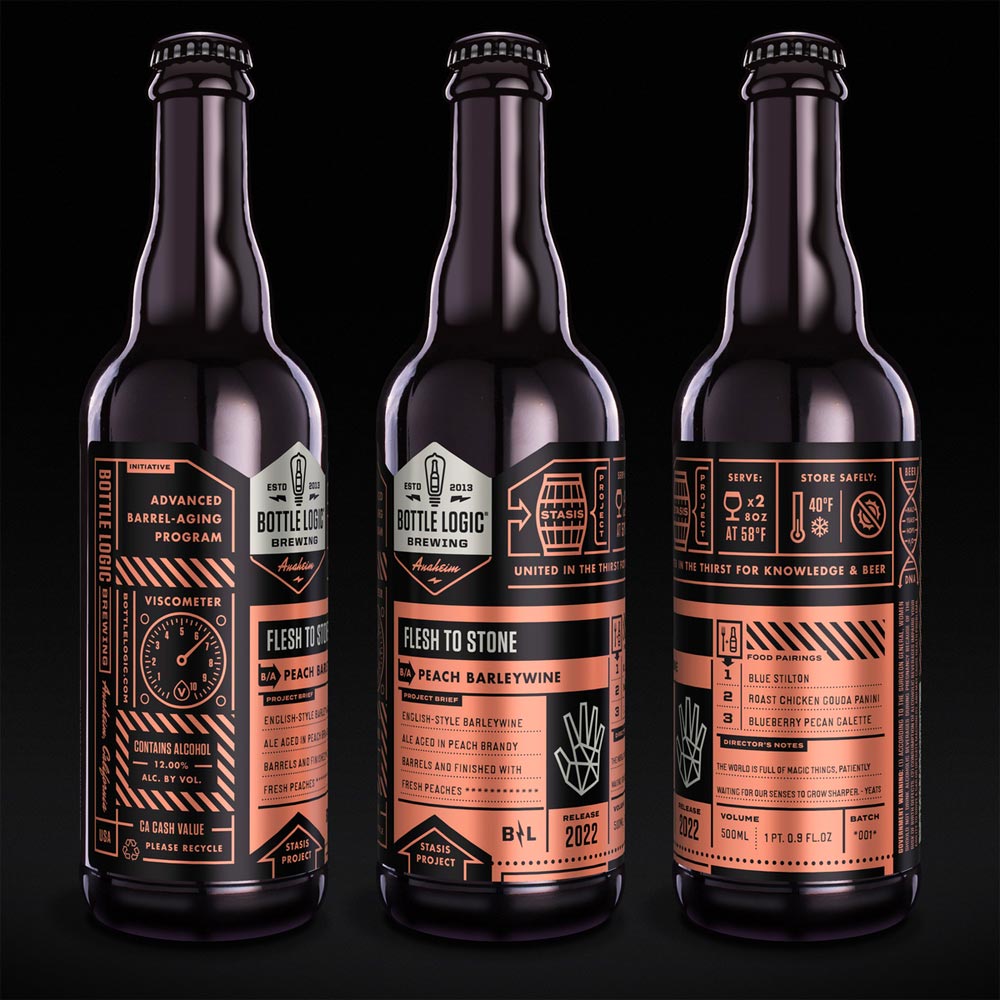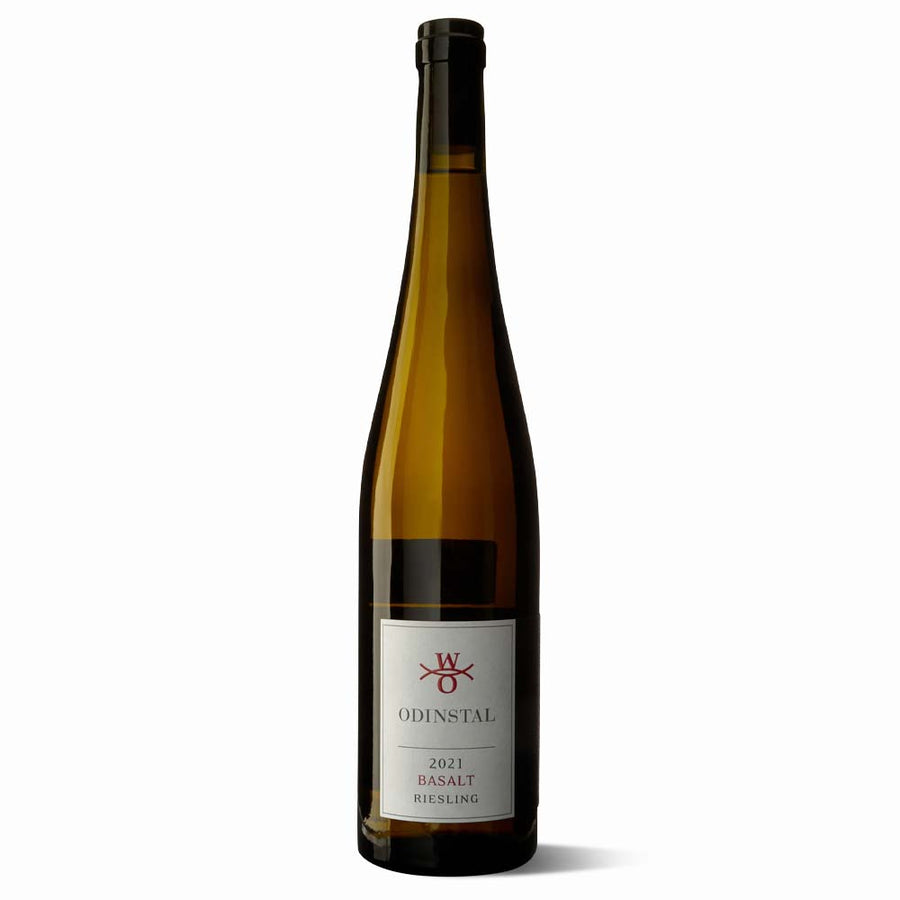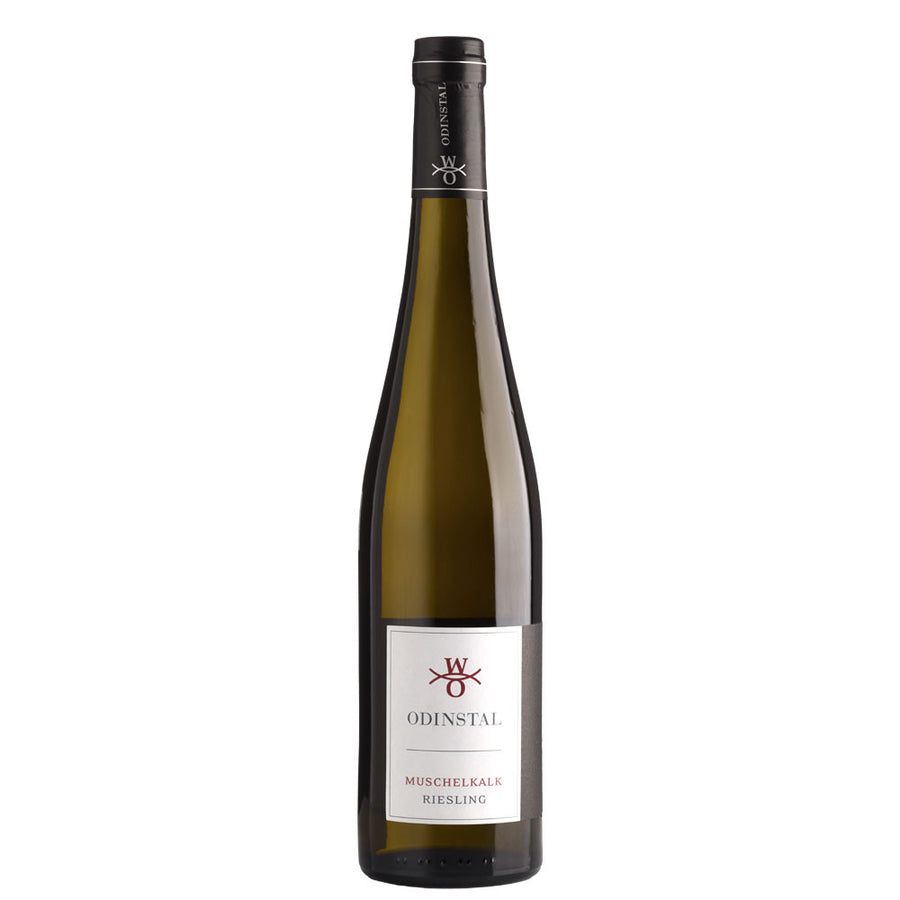
Odinstal is the Pfalz outlier, a leading biodynamic winery and grand cru monopole*, all nestled in a raised valley that lies on the edge of an extinct volcano. The old German name of Odinstal, Odensthal, means ‘Valley of Odes,’ and there’s a growing chorus of wine lovers, both natural and fine, that have good reason to be singing odes to Odinstal.
The Pfalz’s most famous vineyards and producers lie in the northern part of the Pfalz called Mittelhaardt; the southern part of the Mittelhaardt is between the towns of Wachenheim in the north and Forst and Deidesheim in the south. Between these towns are where you’ll find the typical well-manicured German vineyards. Instead, a few kilometers west of Wachenheim, Odinstal’s terraced vineyards are found at the end of a dirt road that climbs 350 meters to a 19th century manor house and cellar. They remain rustic in nature. With a view of the upper Rhine plain on the horizon, we are standing in the Pfalz’s highest vineyards. It’s easy to see why this is a grand cru monopole, but it is also solemn place, with nature intact. On a recent walk around the vineyards and surrounding woods, we found chunks of black volcanic basalt, and sun-bleached antlers.
The winery has passed through a few families over the centuries, but eventually Thomas and Ute Hensel bought the estate in 1998 to make a winery and home there. The first vintage with the Odinstal label was in 2004. Originally, the house belonged to the mayor of Wachenheim, Johann Ludwig Wolf. Being the mayor in the 19th century had its benefits, and Johann was keenly interested in the Odinstal’s special soils for growing his garden vegetables.
And, the soils here are unique – quite different from the rest of the Pfalz. During the ancient Paleogene period, rapidly cooling lava pushed the once horizontal soils into vertical soil plots of nearly pure composition: basalt (basalt), sandstone (buntsandstein), shell limestone (muschelkalk), and keuper (keuper, a special kind of prehistoric-limestone). From the beginning, Thomas wished to highlight these soils and came to the conclusion that biodynamic farming could illuminate these differences most clearly. So, in 2004, Thomas brought on Andreas Schumann, the area’s leading biodynamic practitioner, a Geisenheim trained enologist, and an extremely gifted taster. He formerly trained at Müller-Catoir under the tutelage of cellar master Martin Franzen, where he learned to bring a hands-off approach to making the wines and a decidedly hands-on approach to working the soils.
For all the loveliness of the vineyards and old manor house, Odinstal remains a working farm at its heart, with grazing cows providing fertilizer, and all of the biodynamic tinctures grown and prepared on site. Visitors often comment on a Ghostbusters-style nebulizer that Andrea and his young team have forged onto the back of a four-wheeler. This formal yet impromptu tone one finds at the winery also comes through in the wines’ style: buttoned up yet wild. Sulphur in the wines is minimal, and many wines are bottled completely without sulphur or filtration (ungeschwefelt & unfiltriert). It’s a long way from the well-known traditional Pfalz estates where high residual sugar, pesticides, and sulphur are the norm.
When Andreas talks about the house style, he explains:
‘We try to ferment bone-dry but we don’t push it with selected yeast or temperature if nature doesn’t make it to be that year. The higher altitude thankfully allows for lower alcohol, even if we pick later than other estates. Odinstal’s style, as Thomas and I agree, is about imprinting the unique and pure soil types on the wines, without having phenolics that overly leap from the glass in a way that would distract from subtle soil-aromatics and texture. Whole-cluster use and single soil plot fermentations in various types of vessels, from steel, used wood, and amphora, allow us to experiment and drill down even further on unique soil expression.’
Let’s talk about the various bottlings. One of PortoVino’s German and Austrian Portfolio mantras is: Yah, Riesling! Aber Nicht Nur Riesling!
First the Yah, Riesling! part: Odinstal Riesling 120 N.N. is a soil-blended Riesling at 120 meters (N.N. is an abbreviation for Normal-Null or Sea-Level). It’s fermented trocken, and picked early to get the alcohol around 11%. Smokey, often cumin scented, with succulent yellow and orange fruits; the mouthfeel has real presence and weight; and a tapered finish, zingy star fruit and lime oil. Textbook Pfalz wine, but with less alcohol, and more nuance on the nose (just 30 mg/l added at bottling).
Vulkan vs Basalt Riesling bottling? Vulkan is a blend of what usually is found in volcanic soils mix found in the Pfalz (remember that Odinstal’s vertical soil plots are almost pure soil consistency): it’s a coferment 50% shell limestone (muschelkalk), 25% basalt (basalt), and 25% sandstone (buntsandstein).
Odinstal Vulkan Riesling 2018 recently showed iced unripe peaches, chalk, complex bergamot phenolics; the mouth has a texture of lively baking soda, jicama, and Chinese water chestnuts. It’s for the lovers of non-fruity wines – with real depth and texture.
Odinstal Basalt Rielsing always has this high toned herbal nose (think pencil shaving and coriander); then there’s this enthralling grip on the finish of pomaceous extract, spicy volcanic minerality, and sea salt. Like all of Odinstal’s wines, it changes in the glass quite a bit (in fact, we encourage decanting all the Odinstal wines, not because they are reduced, but because they they have so much to express, and a little air helps that).
Now the Aber Nicht Nur Riesling!? wines: first up is a gloriously macey, grippy, bone-dry, rose and lychee dust in the wind, Odinstal Gewürztraminer 350 N.N. We’re not usually fans of this chirpy, often too glycerol variety, but this is akin to drinking dried flowers grown on volcanic soil in a citrus squeeze; it’s volcanic-spicy and delightfully drink-y. Next, there’s Lieb Sylvaner, you introverted but succulent grape variety! Ever soulful and sexy! Odinstal’s Sylanver is called telling named Nakt, and it’s completely without sulphur; a little volatile, and a statement of blurry desire. Dumplings, anyone? Odinstal Weissburgunder 350 N.N. has the texture of merino wool; as it ages, the cosier it gets. There are sour notes and a textured mouthfeel, similar to what you find in McIntosh apples, more than the sweet and crisp Fuji. We’ve gotten in line for more bottlings for next year (one has to get in line here at this winery): a solera-style macerated Riesling (n.b. macerated riesling are extremely difficult to make), and a rare cider made from centenarian apple trees.
It would have been easy for Odinstal to have solely identified as a blue-chip producer of wines of ‘clean windshield’ purity, and perfectly ripe fruit. Yet, that’s not the style here, and quite frankly that’s also not the spirit found here. It’s a place of vinous risks and rewards, and a happy gathering place where many walks of life, from burned out Michelin star chefs to up and coming natural wine producers, from entrepreneurs to photographers, come to witness and take part in the winery’s experiments with soils, fermentation, and biodynamics. All of this seems decidedly Wunderbar to us.
*In 2021, the VDP has granted Odinstal the special designation of Monopole VDP Grosse Lage (Grand Cru Monopole), and the permission to use the Grosses Gewächs (Grand Cru) designation for all their Riesling and Weißburgunder bottlings. Beside the monopole vineyards of Odinstal proper, the estate also recently acquired a 15 year lease on the famous Grand Cru vineyard of Kallstadter Saumagen.
